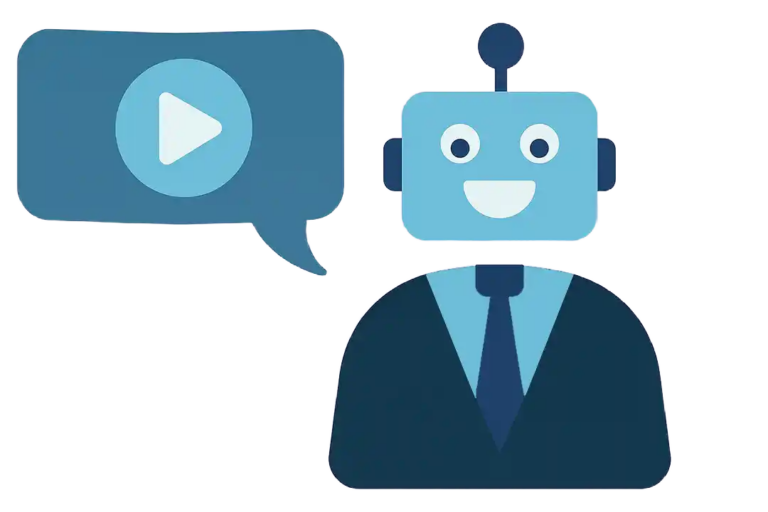
In content marketing, you put content where prospects are will notice it and, hopefully, consume some, because you assume that buyers are avoiding sales people during at least half of the sales process. Sales enablement, on the other hand, is about helping a salesperson “deliver the right content to the right person at the right time” according to an excellent primer from Eloqua. To select “the right content” to deliver, you look at what content the prospect has accessed to date. This is called “reading digital body language.” It enables the sales person to get in sync with the buyer’s interests, understand where the buyer is on her journey, and to generally be more consultative.
The right video content for sales enablement
From a video planning point-of-view, thinking about sales enablement may be more helpful than thinking about content. Instead of pushing a lot of content out the door to captivate vaguely defined viewers, you’re trying to produce videos to fit real-life buying processes. If the prospect is well along the journey, it won’t be helpful to share an overview. If the prospect is an executive, a tutorial would be inappropriate. A testimonial could be too sales-y. The person already has a lot of context — and with a proper sales enablement program, you have a pretty clear idea of what that context is.
Get to the point
So, in sales enablement, you want video that’s very short and gets right to the point, that adds to or reinforces material the prospect has encountered previously.
- We just added this feature
- Here’s a different way of looking at that
- FAQ: How well does our software integrate with SalesForce?
- What’s the onboarding process?
- A use case similar to yours
- What’s in it for database admins?
- Three overlooked analytics features
Now, clearly you can’t anticipate every possible question that will arise and produce a video about it. But if you make single subject videos, they’ll certainly be successful in explaining what you set out to explain without watering down the message.
Precision instead of conversion
In sales enablement, you’re not necessarily trying to get people to spend more time on your website or to fill in a form — you’re ideally trying to reach them with just what they want to know. Which means you have to know what they want to know and have a pretty clear idea of what they know already. This requires a pretty sophisticated platform, and sales enablement programs aren’t cheap.
However, when sales and marketing team up (as they have to, make it work) to make sure sales has access to the right content at the right time, the cost of video should decline, just because it’s more efficient to produce a video about one thing than it is to produce an overview or other “high-level” video. Other things being equal, in the production process, videos that concentrate on one thing rather than trying to tell the whole story will receive more concentrated effort and require fewer meetings. Next time someone says “hey, let’s make a video” see if you can talk them into making a video about just one thing that could contribute to sales enablement. You could end up with a lot more video content this way.



